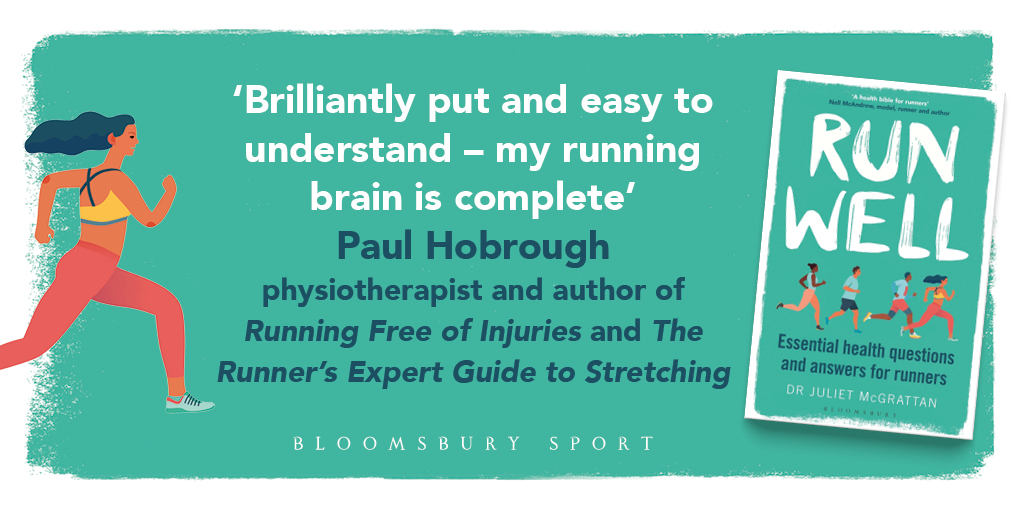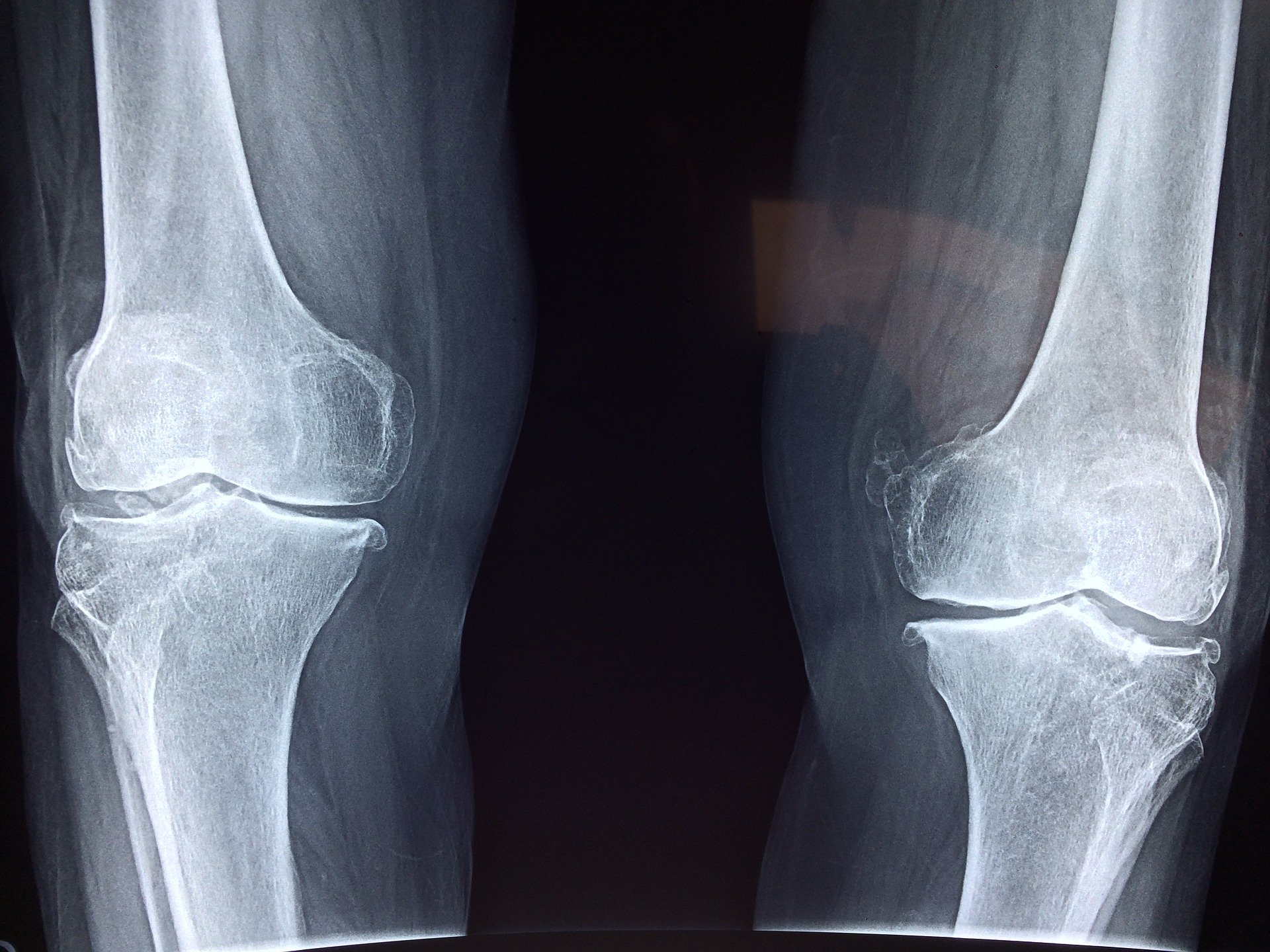It’s not always easy to know whether you’ve got a niggle that you can run through or a more serious condition that needs rest and attention. Around 15 to 20 per cent of musculoskeletal injuries in runners are stress fractures. Tiny cracks in the bone which can put you on the running injury bench for months. So how do you know if your pain is caused by a stress fracture? What are the signs of a stress fracture and when should you see your doctor? Here’s a brief explanation of stress fractures and six warning signs that you need to look out for.
What is a stress fracture?
Bones become stronger when stress is put on them. During running, the jolt caused by your feet hitting the ground and the tug of your tendons on your bones, stimulates bone growth. When you rest after a run, any areas of trauma are repaired and re-inforced so you’re good (and stronger) to go again next time. This is why running is such a great exercise for building and maintaining bone mass. However, with any repetitive, high impact activity, bones can potentially crack forming a stress fracture. Half of stress fractures occur in the lower leg, most commonly in the shins and feet and are common in runners.
People often confuse shin splints and stress fractures. These are not the same thing. Shin splints are thought to be inflammation in the tissues around the bone.
What causes a stress fracture?
If there’s a healthy balance between bone stress and repair then all is well. If however the balance tips then the bone can be damaged.
Stress fractures can be caused by:
- Running too far or too frequently
- Increasing miles too rapidly
- Insufficient rest
- A poor diet which doesn’t supply the nutrients and energy needed for repair
- Injuries and poor biomechanics which put unusual stresses on a bone
- A bone which is already weakened from another condition such as osteoporosis (low bone density)
- Fatigued muscles which are unable to absorb much impact allowing more stress on the bone.
It’s not known for sure whether certain running styles such as heel or forefoot striking put you at more risk of a stress fracture and similarly whether cushioned shoes will reduce your risk.
6 Warning signs of a stress fracture
There are certain situations where you should think seriously as to whether or not you might have a stress fracture. These are:
- Pain comes on suddenly. Many musculoskeletal injury pains start gradually and slowly worsen whereas a stress fracture usually has a clearer start date.
- Hurts more when you run. Some conditions and niggles will ease once you get warmed up and running but stress fractures usually get worse with activity.
- Hurts when resting. Most niggles will ease up when you rest but the pain from a stress fracture hurst when you rest too. Pain at night is a red flag for bony injury.
- Point tenderness. With a stress fracture you can usually ‘put your finger on it’ and identify the location of the pain. More diffuse, and generalised pain is less likely to be bony in origin.
- Swelling is present. It’s common to get some swelling of the soft tissues around an injured bone. Remember that gravity affects this so swelling in your shin may move down to your ankle or foot.
- You have a higher risk of bone fracture. If you are a woman, have had a stress fracture before or have osteoporosis then you are at increased risk of bone damage.
What to do if you think you have a stress fracture
If you think you may have a stress fracture, the first thing to do is to stop running. You need to rest. Simple pain killers such as paracetamol and applying ice to the area will help to ease pain.
A good first port of call is a physiotherapist who will help you identify whether you have a soft tissue injury or indeed a bone fracture. Stress fractures don’t always show up on x-ray so you may be referred to a doctor to arrange an MRI or CT scan if the physiotherapist is unable to request one.
It usually takes around eight weeks for a stress fracture to heal. Being patient and resting is crucial for a good recovery. You will most likely be able to cross-train if the activity doesn’t cause pain but check with your doctor or physio. It’s essential to return to running very gradually and to look for any underlying causes for the fracture so you don’t end up with another one. It’s possible to make a full recovery.
There’s more about bone health and running injuries in my book Run Well: Essential health question and answers for runners, published by Bloomsbury and available from all good booksellers.

Featured image: Taokinesis at Pixabay








3 Comments